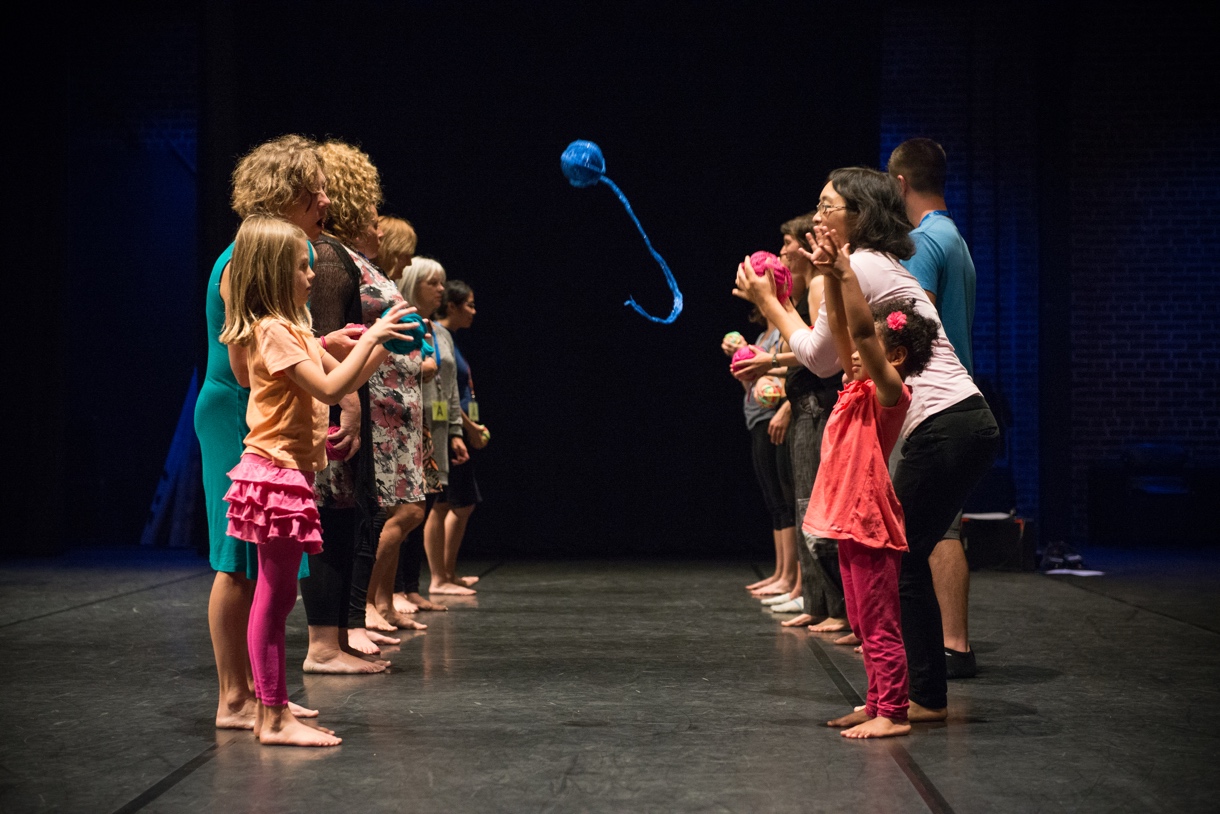Aug 10, 2017
By Cyndy Chwelos, Instructor
Working in the recreation field as an arts programmer I have come to believe that the arts matter a great deal in the pursuit of well-being, and that participation in the arts can increase a personal sense of satisfaction, and deepen one's sense of belonging. These values guide recreation professionals and we see this in the way that they are offering a range of art courses that focus on fun, skill building, social interactions, creative expression, relaxation, and encourage community members to try new things through a leisure experience. Leisure theorist John R. Kelly reminds us, "The motivation for leisure experience is largely intrinsic. Leisure may combine reasons for participation, and anticipated benefits but central is that it is done primarily for the quality of the experience. Satisfaction, fulfillment, a desire to make these experiences a consistent part of life - in recreation, these are considered outcome benefits."
As practitioners in the field we understand the Kelly principle, that motivation for leisure activities is largely intrinsic - people pursue these experiences for the sake of just doing them. The experience of being completely consumed by a leisure activity is a goal of participation in recreation. This state of engagement is the focus of Mihahly Csikszentmihalyi Flow Theory which has gained popularity in the last 20 years among practitioners and thinkers who study commitment, engagement and focus across a spectrum of human activity. Elements that contribute to a person’s ‘flow’ experience include:
- Confidence in the personal skills needed to face a challenge – the work may be just outside your skill, but you are confident it is within your reach; a challenge that is ‘just about' manageable;
- Life gets concentrated. Individuals are lifted out of the everyday into a different reality; and
- Attention and concentration are completely swept up in the present and in the process
(Csikszentmihalyi, Finding Flow 29-33)
Developing programs that offer the possibility for this immersive and satisfying leisure experience is what guides recreation professionals – from the dance studio to the soccer field, engaging experiences undertaken through leisure and recreation matter in peoples’ lives and foster self-discovery and personal growth. The range and variety of programming offered is key to the success of reaching and serving constituents.
Municipal centres and park environments are ideally suited to art-making that seeks to embed creativity and programming that aims to reach these key recreation objectives. Artist Residencies are one programming example that aims to reach these key recreation goals and objectives through the arts. Below are a variety examples of current Artists in Residence projects, where artists lead and guide collaborative, participatory engagement within a number of different factors from the length of time, range of ages, demographics, location and creative encounters.
Richmond BC: Minoru Seniors Legacy Stories
Minoru Seniors Legacy Stories is a year-long community art project led by Artist-in-Residence, Catrina Megumi Longmuir. She will work with community members to to produce artistic collages and audio visual stories to celebrate the past, present and future of the Minoru Seniors Society, from its humble beginnings at the Murdoch Centre to the opening of the new Minoru Complex senior’s centre in 2018.
To learn more about this project, https://minorulegacystories.wordpress.com
Vancouver: Trillium Park
EartHand Gleaners- Trillium Park
This unique residency has artists located in this East Vancouver urban park - check out all that they offer in environmental engaged community programming in the link below.
“We are artists, makers and educators who believe that bringing people together to share creative projects that connect us with the land helps our communities become strong, resilient and just.”
https://earthand.com/2017/06/07/summer-at-trillium-open-studio-weaving-circles/
New Westminster: The Anvil Centre Artists-in-Residence Program
The Anvil Centre AiR is a self-directed residency program offering opportunities for artists to focus on work in a creative environment, with dedicated studio time. This residency accommodates artists and artist collectives working in sculpture, print, fibre, drawing, painting, writing and literary arts, music, dance and performance for a four-week period for research, development and production of new or ongoing bodies of work. In exchange, artists will facilitate an outreach program for the local community during their residency.
https://www.newwestcity.ca/services/arts-and-heritage/programs/sb_expander_articles/943.php
Kelly, John Leisure. New Jersey: Prentice-Hall, 1982.Print.
Csikszentmihalyi, Mihahly. Finding Flow: The Psychology of Engagement with Everyday Life. New York: Basic Books, 1997. Print.

Leading from Beside- community engaged dance symposium, Sept. 2016. Vancouver, BC.
